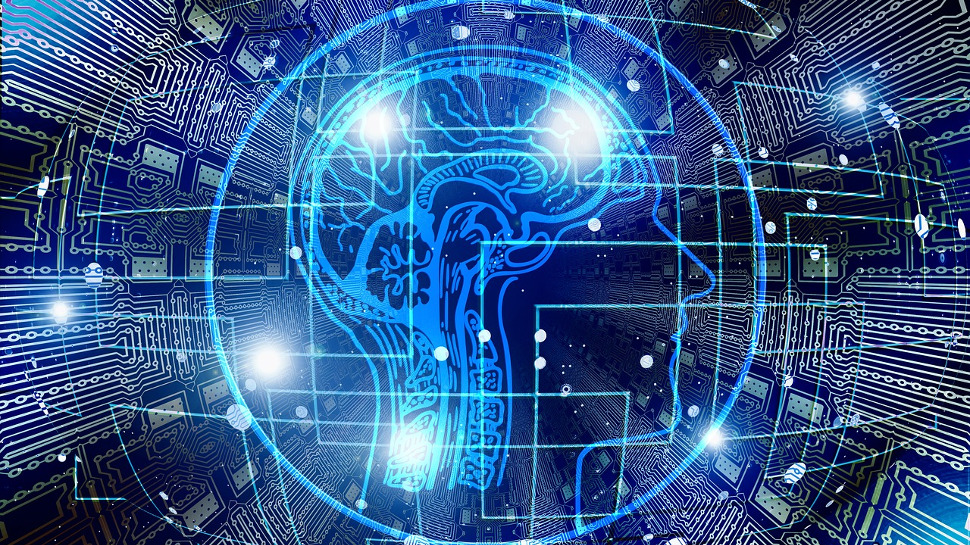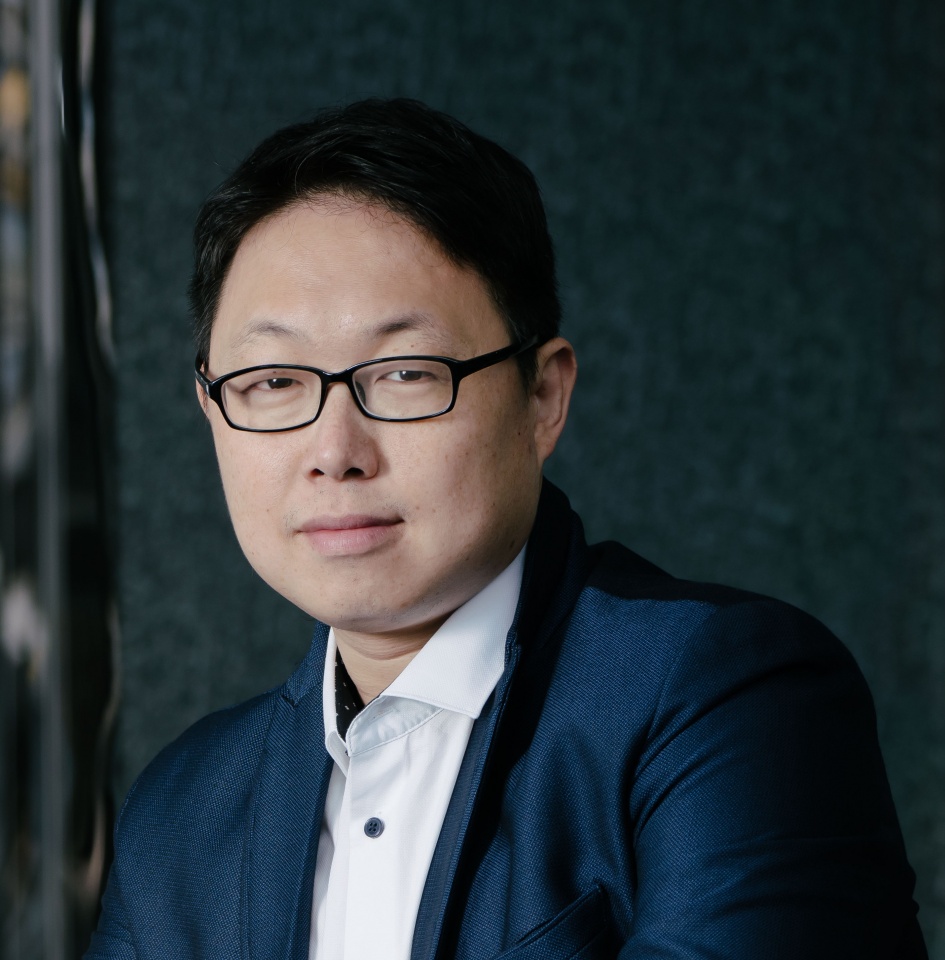What is AIoT?
What AIoT means, the benefits, risks and use cases of it

Technology is always full of new buzz words and abbreviations. Some don’t stick around for long while others like AI become part of everyday language even if what it does isn’t always understood. AIoT is the combination of Artificial Intelligence and the Internet of Things, two incredibly popular acronyms that have emerged as disruptive forces within the technological world.
Albert Liu is the founder and CEO of Kneron.
What does AIoT do, is it just another marketing term or is it here to stay? Before answering these questions, it’s important to understand what the two technologies do in their own right.
Internet of Things
Firstly IoT, IoT stands for the Internet of Things. This includes the network of “things” that have sensors, software and other technologies that can connect and exchange data with other devices over the internet. The devices included in the Internet of Things range from smart locks to cameras, mobile phones to medical devices. There are currently around 30 billion IoT connected devices and will increase to around 75 billion connected devices in 2025. These devices play an important role in society and will play an even bigger role when combined with artificial intelligence.
Artificial Intelligence
The second half of this technology is artificial intelligence. Artificial Intelligence involves using computers to do things that traditionally require human intelligence. This means creating algorithms to classify, analyze, and draw predictions from data. It also involves acting on data, learning from new data, and improving over time. The most important technologies that makeup AI are machine learning deep learning and natural language processing. There are lots of everyday examples of people using AI, such as chatbots, facial detection and recognition, autocorrect, digital assistants and search recommendations.
AIoT
When we combine AI with the IoT it’s commonly said the device is made “smart”. AI allows IoT devices to use the data it has gathered to learn, analyze, develop insights and make decisions based on the data collected without the involvement of humans. If data analysis takes place in the IoT that is the AIoT. These devices become “smart” and communicative.
There are lots of stages when it comes to the development of AIoT. The first stage is something we are all very familiar with, connecting one device to another and allowing the device to be controlled by a remote control. The second stage involves connecting to the cloud to provide automatic AI inference. Stage 3, no cloud connection is needed, devices are endowed with its own intelligence, think of WALL-E. The final stage is peer to peer device communication. Devices are “smart”, can communicate with each other, share information and work together to complete tasks. These final two stages require an AI chip.
AIoT in the world
There are already lots of examples of AIoT being used today in many different industries. Many office buildings install sensor technologies to help save energy and electricity costs. These sensors can detect what personnel are present and adjust temperatures and lighting accordingly. Sensors and smart cameras can also be used in an office environment to help with office security. Smart cameras can identify employees through facial recognition using real-time data and images, only approved persons will be granted access to the office building. The retail industry is also experiencing the benefits of AIoT. Security cameras are essential to prevent and deter shoplifting in stores. Similarly to office buildings, the cameras can recognize shopper’s faces and can remember repeat offenders.
Are you a pro? Subscribe to our newsletter
Sign up to the TechRadar Pro newsletter to get all the top news, opinion, features and guidance your business needs to succeed!
AIoT is used in autonomous vehicles. The AIoT uses a series of radar sensors - both within the vehicle and in the roadside infrastructure beyond the vehicle, GPS and cameras to gather data on driving conditions, obstacles and other drivers’ behavior. The AI system can then make decisions based on the data it received from the sensors.
More and more of the global population are moving to cities and urban living because of this smart cities are becoming more popular. Traffic is a major concern with the increasing urban population. Monitoring and alerting traffic flow based on real-time data can cut down on congestion. This can be done with sensors positioned at congestion hot spots. AI can then decide on how to best handle the traffic based on the data it is fed, it can redirect traffic, alter speed limits and alter traffic lights depending on the situation.
Privacy and security
There are privacy and security issues to be aware of when it comes to AIoT. AI is energy-intensive and often bulky in both software size and hardware size. So a lot of AI involved in the IoT is housed in the cloud, requiring devices to connect to the cloud. This means that hackers can access the device through the cloud. This is important because imagine an apocalyptic scenario wherein one terrorist or bad actor manages to hack into a cloud center that controls entire fleets of autonomous vehicles and then deliberately instructs them to crash into each other. Or, in a world wherein home appliances are increasingly being upgraded to incorporate AI or include cloud connectivity of some sort, a hacker can remotely hack into say for instance a gas stove and then switch it on unbeknownst to the owner of the home.
We have already seen in real life that smart doorbells have been hacked remotely, with hackers speaking to young children through the speaker, openly observing the daily activities of family members and verbally harassing them.
The solution to these concerns is to not solely rely on the cloud but to have the AI remain on the device. Devices can go completely offline or connect to the cloud only as needed because the AI is already living in the local device. This greatly reduces the risk of hacking.
As more IoT devices are developed and widely used and AI continues to be implemented in more industries we will see the rise of AIoT as users discover the benefits of bringing inelegance to all devices.
- We feature the best smart home devices.
Albert Liu is the founder of Kneron. He founded the company with a mission to bring on-device Edge AI and machine learning to mass-market devices and usher in the age of AI everywhere. Their vision at Kneron is to realize the Edge AI Net and democratize AI from the centralized cloud “brain” and distribute AI inferencing onto devices everywhere. Albert was formerly in R&D and management positions at Qualcomm where he led a team that developed nine patents and won the Qualcomm ImpaQt Research & Development award. He also worked in the Samsung Electronics R&D center and for MStar and Wireless Information as a researcher. Albert is an experienced Chairman Of The Board and CEO with a demonstrated history of working in the computer software industry. He is skilled in Hardware Architecture, Management, Sales, Strategic Planning, and Application-Specific Integrated Circuits (ASIC).
